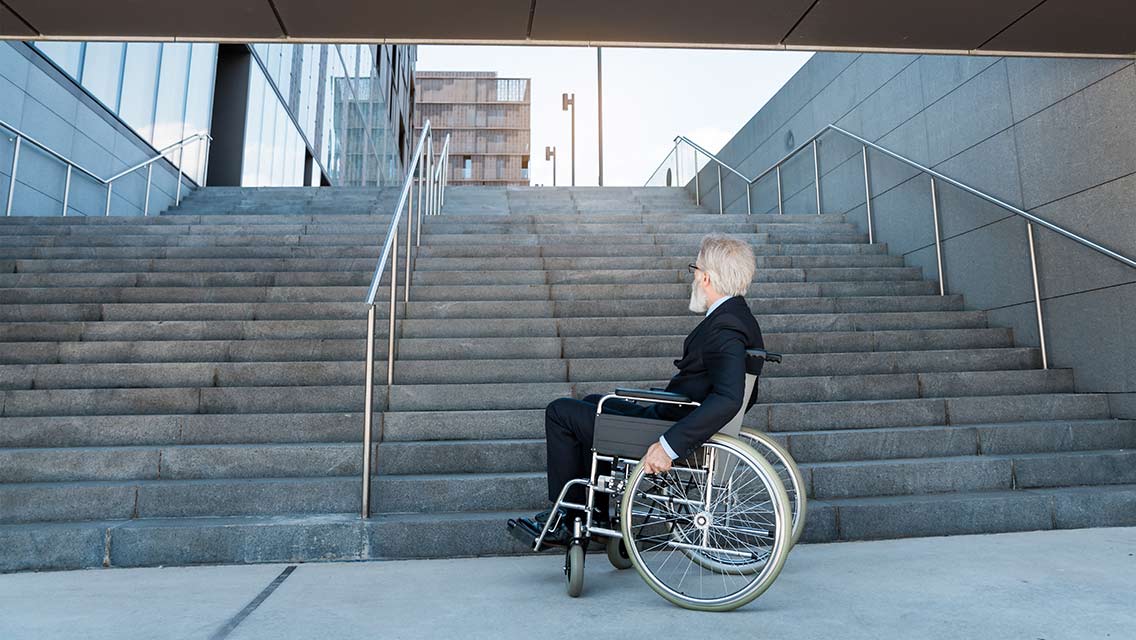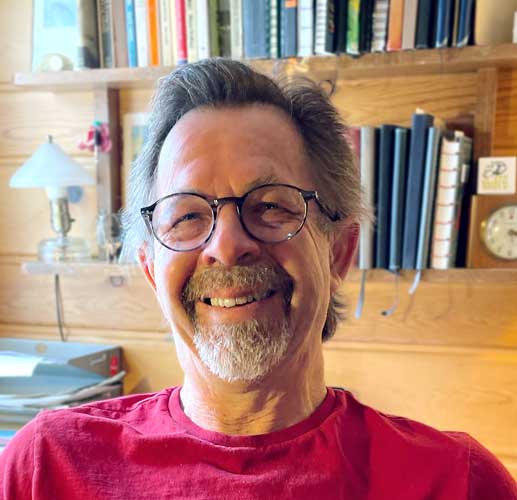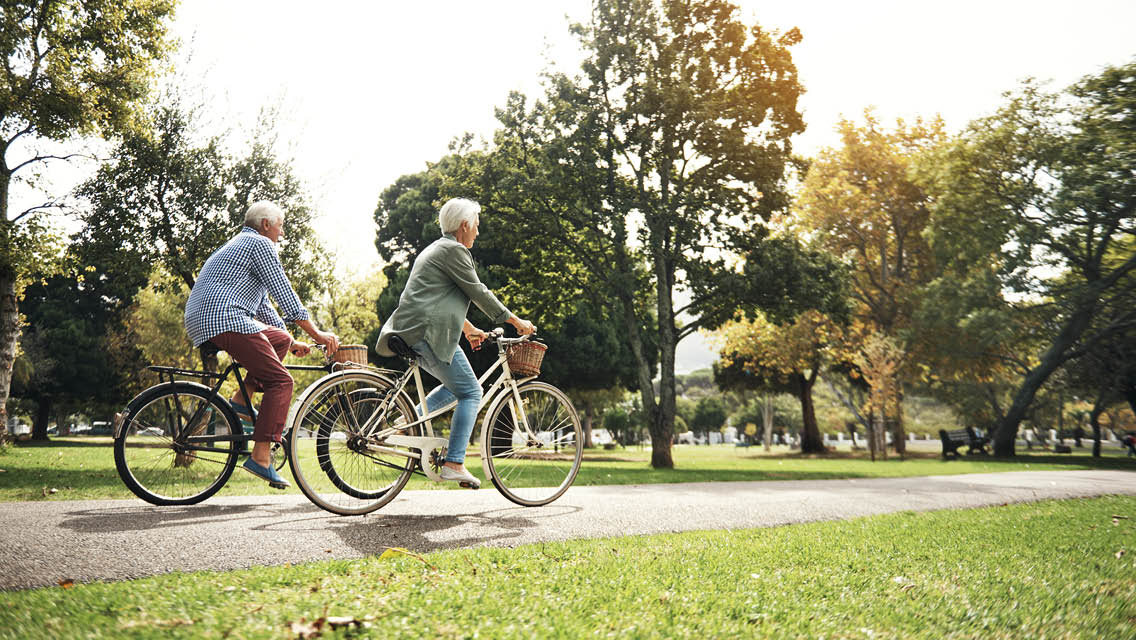The last couple of years have been tough on my old pal Leo. Fully vaxxed and boosted, he’s managed to dodge the virus, but the pandemic has also forced him to dramatically curb his normally active social life. He’s mostly stayed put in the one-bedroom apartment he shares with his laptop, flip phone, and library. The isolation seems to have deadened his spirits somewhat, and, if our luncheon adventure the other day is any indication, it’s also seriously sapped his strength.
A few weeks shy of his 80th birthday, Leo has been gradually fading over the past few years, but it was particularly painful to watch him descend the front steps of his building, each movement a struggle for equilibrium, and shuffle uncertainly toward the car. “I’m a little slow today,” he admitted as he gingerly folded himself into the passenger seat and waited patiently as I buckled him in.
His knee was bothering him, making it hard to get around, he explained. But it was more than that: “I just don’t have any strength anymore.”
Leo’s never been a paragon of physical fitness, but I’ve been struck during the pandemic by how frail he’s become. Maybe it’s just the years piling up and weighing him down, or, as recent research suggests, perhaps his social isolation has accelerated aging’s already coldly efficient strength-sapping process.
That’s a distinct possibility, according to a 2021 study led by Borja del Pozo Cruz, PhD, an associate professor at the University of Southern Denmark’s Center for Active and Healthy Aging. He and his team analyzed levels of isolation and physical fitness among 12,427 U.S. seniors participating in the National Health and Aging Trends Study between 2011 and 2019, and they concluded that the older we become, the more likely we’ll suffer the physical consequences of spending too much time alone.
“Physical functioning is a well-established marker of general health, and it has been previously correlated with morbidity and mortality,” del Pozo Cruz notes. “We demonstrate in this study that social isolation has a profound impact on the physical functioning in older adults. Mandated social-contact restrictions and lockdowns due to COVID-19 coupled with more severe consequences of contagion among older adults, have likely exacerbated this trend.”
The connection seems fairly obvious: A lack of “social integration,” as del Pozo Cruz puts it, limits the opportunities and incentives for physical activity of any kind. But it may also exact a toll on the aging body by dysregulating “several psychobiological responses, including inflammatory or neuroendocrine processes,” he adds. “Finally, loneliness — a distinct yet related phenomenon to social isolation — may exacerbate existing health-related vulnerabilities either through poor health behaviors or through cardiovascular channels.”
So it’s ironic, I suppose, that just as the plague seems to be lifting, Leo’s physical limitations may be preventing him from fully resuming the level of social activity that may help him regain some strength. I’m hoping that doesn’t prove to be the case, of course, but an incident during our lunch offered both of us a chilling glimpse at what his future may hold.
We were chatting amicably when a young man approached the table next to us pushing an elderly gentleman in a wheelchair. Sporting a black fedora on his ponytailed head and a voluminous white beard on his expressionless face, the old man silently acquiesced to his caretaker’s fumbling with napkins and such. I glanced momentarily at the pair before turning my attention to my friend across the table, who had stopped eating and was staring, transfixed, at the diner in the wheelchair.
I wondered if Leo might have known him from somewhere (he knows everybody), but I didn’t dare inquire — my pal was processing something. A long, awkward moment passed before he returned to his lunch, but he interrupted his eating a couple more times to focus intently on the silent, bearded fellow. He seemed distracted and a little upset. I held my tongue.
Driving back to Leo’s apartment, I again considered bringing up his response to the old man, but he wasn’t much in the mood for conversation and soon fell asleep. He roused himself a few blocks from his place. “You need to take a nap when you get home,” I said. “You’re all worn out.”
I helped him out of the car and followed him up the steps of his building, then stood watching anxiously as he slowly ascended the long, steep staircase to his apartment. “This is the hard part,” he confessed.
He eventually reached the summit without incident, we said our goodbyes, and I departed imagining just how much harder that would be in a wheelchair.





This Post Has 0 Comments